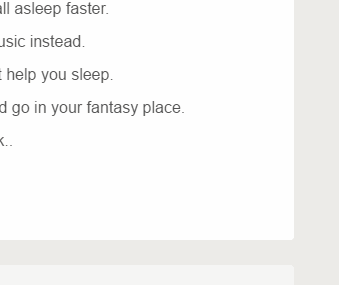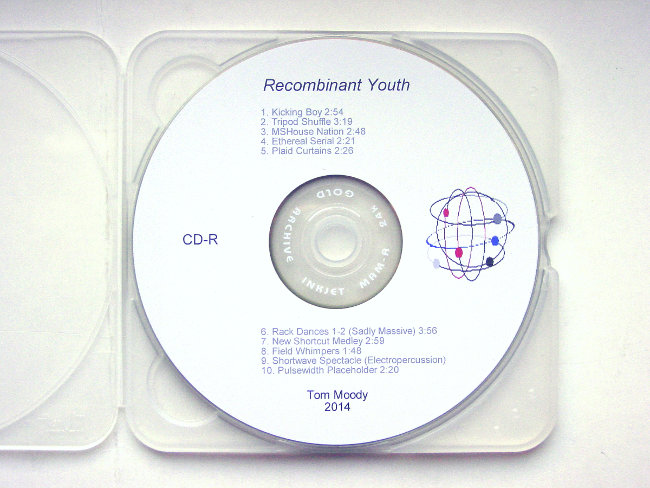
For most people "the web" these days is a platform where they spend much of their time, such as Facebook/Instagram. However, many individuals and business have their own sites outside of platforms. In the 1990s it was possible to create your own page from scratch, put it up on a host service, and have search engines find it. Now most people use professional designers, or their page hosts offer templates created by professional designers. Gradually over the last ten years two factors have changed the look of web pages. First, those professional designers like to use "scripts" such as javascript to build browser-readable pages (even though a simple HTML page is all that's necessary to be public). Secondly, more and more people have employed smartphones rather than desktops to access the web, which has necessitated changes in page design.
What's emerged is a horrible style of web page that features empty space, big blocks of color and endless scrolling: infantilizing masquerading as tasteful. It's increasingly the standard look for media publications as well businesses and individual pages. One might hate this style but lack the vocabulary to critique it, because professionalized tricks and jargon have become more opaque and intimidating over the years. What are these design Morlocks doing exactly and how did we get here?
Fortunately ffog (with assistance from fanfare) has made a page called what not to do on a website which gets into the minutiae. Some bullet points are tech-related but mostly they're just common sense design critique.
Below is ffog's list (a work in process) of things not to do (which are in fact being done everywhere):
- advertising business model
- dark patterns
- unrelated content
- reddit "More posts ..."
- youtube "Recommended for you"
- news sites that load another article at the end
- youtube autoplay. soundcloud neverending music
- trend-copying design
- peek-a-boo elements examples
- large sections with bountiful negative space that look nice but have no real content
- example: every startup website on the internet
- endless scrolling
- 5 min. read
- change default scroll behavior whatsoever
- intercepting native copy-paste
- mindless humor bereft of biting truth used in an attempt to not seem stuffy
- indulgent explanations of basic concepts instead of just enough detail
- exclamation points
- social icons
- most modals [see wikipedia modal window --tm]
- medium.com aggressive signup links
- dimming window showing anything
- sticky headers
- almost all comments sections
- conversational titles
- "Yes, ..."
- "... Here's Why."
- unhelpful 404 pages
- cute oopsie messages
- anything alluding to the user having done something wrong
- error pages that don't try to figure out what the user was looking for to help direct them
- circle avatars
- anything with mustaches, bacon, ftw, coffee, beer, chuck norris, etc
- made with <3 in toledo
- pop-ups for a tour of features you can't exit
- gamification
- transition animations everywhere as you scroll
- intentionally buried or hidden settings
- forced features
- twitter moments
- misplaced ai
- twitter, facebook altered timeline with no options
- mention blockchain

screencaptures: fanfare

